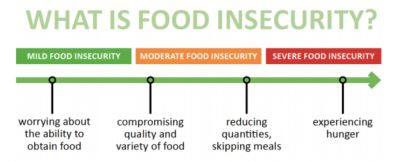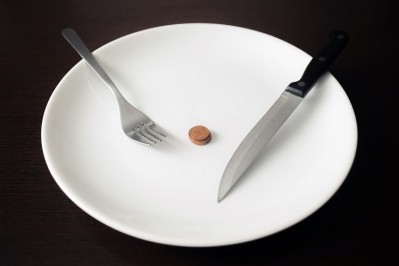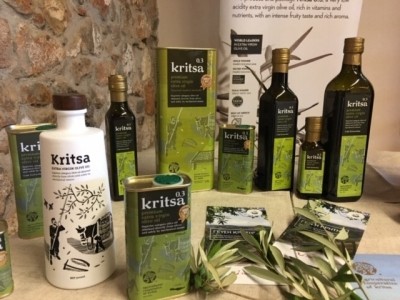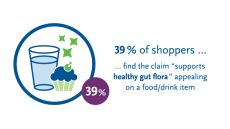FOOD FOR THOUGHT
Paying a premium for sustainability: Do we want to, and can we afford it?
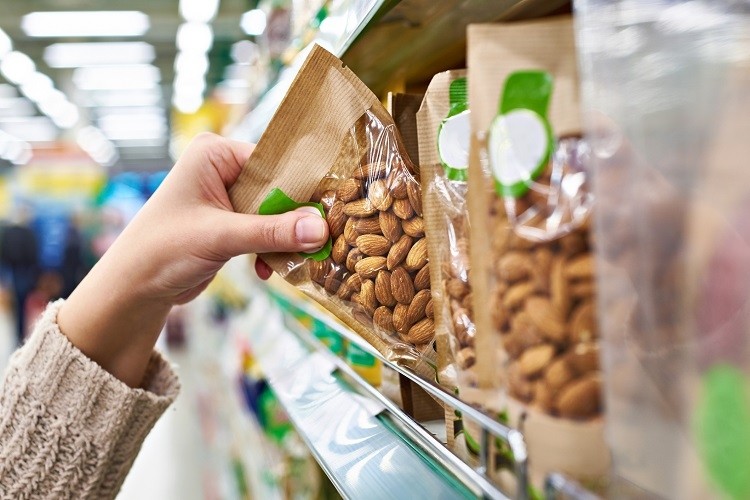
Sustainability – whether it be reducing deforestation, promoting biodiversity, or combatting plastic waste – is high on the agenda for major food and drink brands.
Many of the larger manufacturers have made pledges to address these key issues. Food giant Nestlé, for example, has committed to eliminate deforestation from its global supply chain by 2020, as has Unilever and Mars, Inc.
Sustainable practices have also been adopted at the retail level. Last year, Lidl became the first UK supermarket retailer to commit to sustainable, zero-deforestation soy in its own-label products, while major retailers – including Morrisons, Waitrose and Tesco – have pledged to reduce packaging waste.
Organic farming, which eliminates the use of synthetic pesticides for health and biodiversity purposes, is also expanding.
Underpinning these pledges is the acknowledgement that unsustainable practices will, ultimately, cost the earth.
However, ‘going green’ also comes at a cost. When this feeds down to the consumer, are they willing to dig deep for sustainably sourced products? And perhaps more importantly, can they afford to?
The demand for ‘green’
Sustainability labels are commonplace on supermarket shelves. Whether products carry Fairtrade, Rainforest Alliance, or Certified Organic logos, these products are gaining traction, and market share.
According to market research from Nielson, purchasing behaviour is increasingly influenced by environmental impact. A reported 73% of global consumers say they would ‘definitely’ or ‘probably’ change their consumption habits to reduce their impact on the environment.

However, when environmentally friendly products – that are simultaneously ‘healthier’ – come with a heftier price tag, Nielson’s data shows that shoppers are slightly less willing to comply. Forty one percent of global consumers say that they are willing to pay more for products that contain ‘all-natural’ or organic ingredients.
Thirty eight percent of respondents said they are willing to pay more for products made with sustainable materials, and 30% said they would pay more for brands that deliver on socially responsible claims.
Costing consumers
The fact is that for the most part, consumers are required to pay more for these kinds of products. The price of organic and ‘natural’ products rose 12% and 7.3% respectively from 2016 to 2017, according to Nielson.
And in the US, the mark-up for branded organics can range from 122% for eggs to 43% for pasta sauce.
For products containing sustainably sourced soft commodities, whether it be cocoa, soybeans or palm oil, the statistics are less dramatic. High demand for Fairtrade certified cocoa has helped keep prices down, and where responsibly sourced palm oil or soy ingredients (such as lecithin and soybean oil) is used, their percentage in total content is often insignificant – as is their impact on price.
Nevertheless, overall a shopping basket full of sustainable foodstuffs, compared to conventionally sourced items, invariably costs the consumer more at checkout.
A study published in the Australian and New Zealand Journal of Public Health in 2014 found just that. The researchers undertook a basket survey across five neighbourhoods in Greater Western Sydney, comparing the cost of a typical basket of food with its healthy and sustainable (H&S) counterpart.
The cost of the H&S basket was more than the typical basket in all areas.
Are consumers priced out of sustainability?
Price hikes would be less problematic if all consumers could afford to buy sustainable food.
Unfortunately, food insecurity is a very real problem around the world. According to the Food and Agriculture Organization (FAO), approximately 14m adults and 4.7m children in Europe and Central Asia suffer from severe food poverty.
The UK, which boasts the world’s fifth largest economy, is also heavily impacted. According to UN data published by the Food Foundation, more than eight million citizens suffered from food insecurity in 2014. More than half regularly went a whole day without eating.
So if households can’t afford to buy conventional food items, how can we expect them to buy sustainably sourced or organic versions of the same products?
We can’t, and they don’t. A study published by the Food Foundation last year found that close to four million children in the UK lived in households that strained to provide enough healthy food to meet official nutrition guidelines.
And looking back at the Australian shopping basket study, it appears that the lowest socio-economic areas end up paying the price. Households in the lowest income quintile would have to pay up to 48% of their weekly income to buy the H&S basket, whereas households in the highest income quintile would spend 39%.
The study concluded that most disadvantaged groups experienced the greatest inequality in affordability of the H&S diet. “The results highlight the current inequity in food choice in the region and the underlying social issues of cost and affordability of H&S”, wrote the study authors.
So yes, consumers are all for sustainability. If they can afford to be.
Source
'The cost of a healthy and sustainable diet – who can afford it?'
Australian and New Zealand Journal of Public Health
Published: 2014
DOI: 10.1111/1753-6405.12158
Authors: Lauren Barosh, Sharon Friel, Katrin Engelhardt, Lilian Chan
